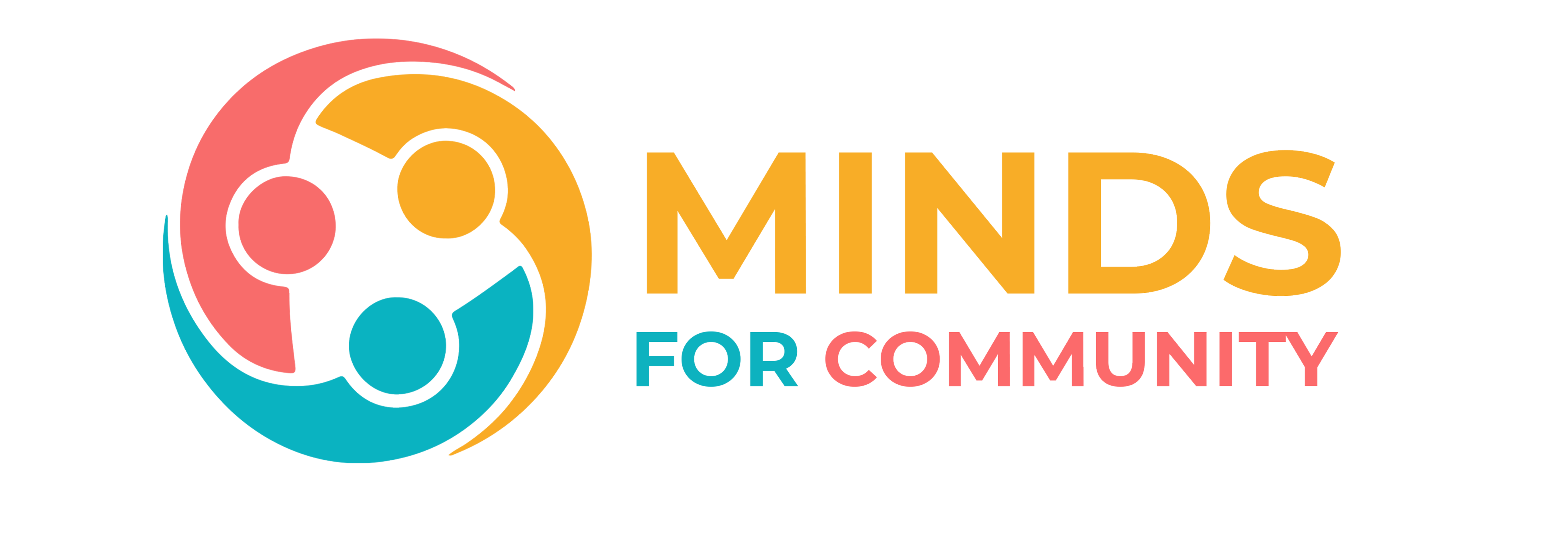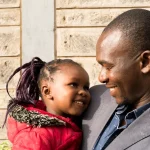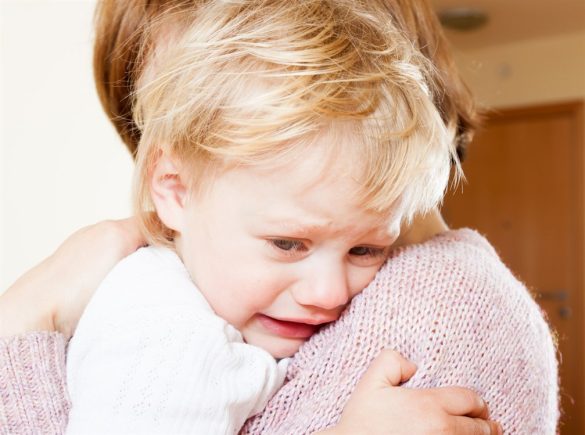Spending time away from your little one can be painful for both of you. But sometimes, saying goodbye can create feelings of worry and upset in your child. Here are some things to look out for and ways you can help your young one manage such difficult feelings and ultimately feel more safe and secure.
What is separation anxiety?
Separation anxiety is seen with many children and is most common between the ages of 6 months and 3 years. Young babies and toddlers can become anxious when their parent or primary caregiver leaves their sight; they are still learning that these separations are only temporary.
What are some signs that my child may have separation anxiety?
It’s usually easy to spot: Do you get lots of tears at daycare drop off? That’s one sign. Some others include:
• Becoming more clingy when you leave them
• Crying or clinging in new situations (primarily from 6 months to 3 years)
• Refusing to go to sleep without you or another caregiver nearby
• Beginning to cry at night after being able to sleep through the night
Keep in mind that it is completely natural for your baby or toddler to feel anxious without you by their side. Make sure to treat them gently and with compassion.
How can I help support my child?
There is no reason to feel guilty when you need to leave your child for a short period of time. Focus instead on helping your child to learn how to manage their feelings without you – an important part of helping them to become more independent.
Talk about what you will do together later
Part of what makes children anxious when you part is the fear that they might not see you again. Discussing plans for your return helps to ease this fear: “After I’m finished work, I’ll come and pick you up and we can go to the playground and play on the swings together.”
Practice short separations and work toward longer ones
Try leaving your child with a trusted friend or relative while you run a quick errand and see how that goes. This will allow your little one to slowly get used to what it’s like to be apart.
Leave a soft toy or blanket with your child to help ease separations
Does your child have a favourite comfort object? If not, it might be a good idea to introduce one. A special toy can help a child to self-soothe when they are feeling upset.
Comfort your child when they are afraid
When you and your child are together, listen to what they have to say. Make sure to always respond with understanding and compassion and take care not to trivialize their worries. Look for non-verbal cues as well, such as fussing or extra clinginess.
Introduce any new caregiver gradually
If you are about to introduce a new babysitter, arrange some short get-togethers with the three of you before leaving your child alone with him or her. This way, when the time comes that you have to leave your child with them for a period of time, they won’t be a stranger anymore.
Make goodbyes quick and positive
Saying goodbye isn’t just difficult for your child – it’s hard for you, too! Try as best as you can to remain calm and positive when saying goodbye. Smile, tell your child you will see them soon and do not prolong leaving. Maintaining this routine will help your little one get used to drop offs and will reassure them that you will always come back.






